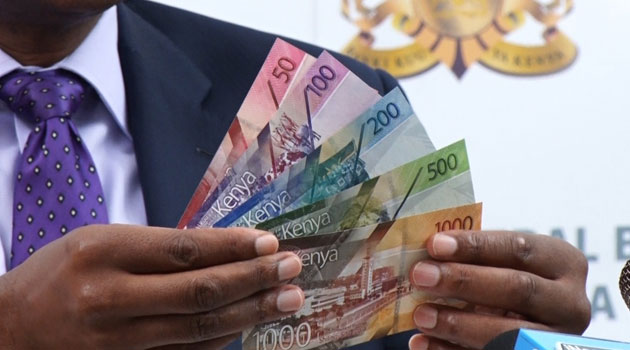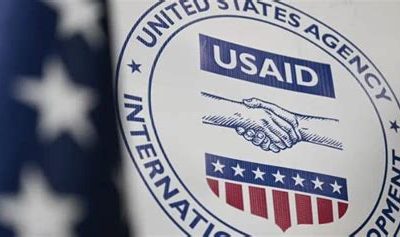News
Why School Principals Want Fees Increased by Sh27,000

Kenya Insights allows guest blogging, if you want to be published on Kenya’s most authoritative and accurate blog, have an expose, news TIPS, story angles, human interest stories, drop us an email on [email protected] or via Telegram
-

 Investigations2 weeks ago
Investigations2 weeks agoHow Bishop Mark Kariuki’s Deliverance Church Became Vehicle for Sh10 Billion Land Fraud
-

 Reviews2 weeks ago
Reviews2 weeks agoiPhone, iPad, iMac: What The ‘i’ in Apple Products Actually Stands For
-

 Investigations2 weeks ago
Investigations2 weeks agoAlarm Over Scheduled Sh230 Million Payout To Two Select Firms Putting Sakaja’s ‘Golden Girl’ Asha Abdi On The Spot
-

 Africa2 weeks ago
Africa2 weeks agoCalls Mount To Investigate EADB Over Alleged Massive Corruption and Cartelism As EALA Says The Bank No Longer Serves Its Purpose In The Region
-

 News3 days ago
News3 days agoGachagua, Woman Face Eviction Over Unpaid Sh25 Million Nairobi Apartment
-

 News2 days ago
News2 days agoUS Charges Kenyan with Stealing Sh83 Billion from USAID-Funded Project at KEMSA
-

 Investigations2 weeks ago
Investigations2 weeks agoSiaya Public Service Board CEO Wilfred Nyagudi And Board On The Spot Over Health Workers Recruitment Scam Marred By Massive Bribery
-

 News1 week ago
News1 week agoKNTC Senior Officials On The Spot For Handpicking Four Tycoons Who Didn’t Bid Initially To Win Sh15 Billion Rice Import Deal














